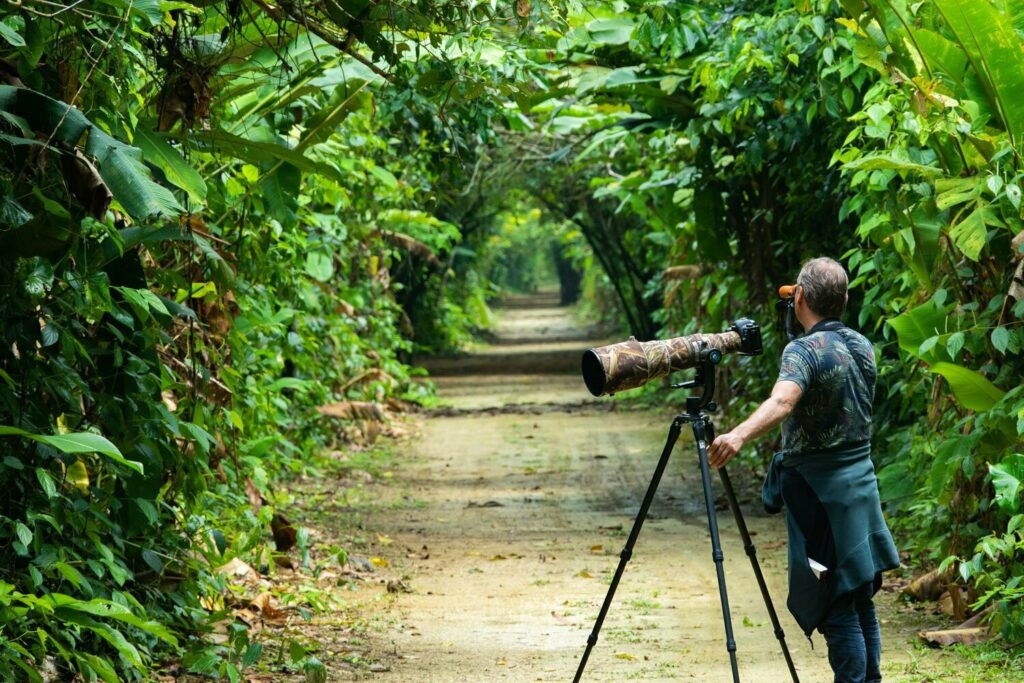Common Trees in Australia: Exploring the Country’s Unique Flora
Australia, a land of unparalleled diversity, is home to an array of flora that captivates botanists and nature enthusiasts alike. Among the continent’s myriad native species, trees stand tall as indispensable components of its ecosystems. This article embarks on an exploration of the common trees in Australia, illuminating their unique qualities and the roles they play in the environment.
The Eucalyptus Enigma: A Deep Dive into Australia’s Iconic Species
Among the most distinguished flora in Australia is the Eucalyptus tree, often synonymous with the Australian landscape. With over 700 species, these trees vary dramatically in size, shape, and ecological role. The towering gum trees, for instance, can reach heights of over 70 meters, providing critical habitat for various wildlife, including koalas and numerous bird species.
What sets Eucalyptus apart is not just its impressive stature, but its remarkable adaptations. These trees are engineered for survival in some of the harshest climates, capable of thriving in poor soils and extended droughts. Their leaves are rich in oil, which serves a dual purpose. Firstly, it deters herbivorous pests, acting as a natural insecticide; secondly, it promotes rapid regrowth after events like bushfires. This resilient feature illustrates an evolutionary prowess that makes the Eucalyptus not only beautiful but also vital for maintaining ecological balance.
The Acacia Alliance: Exploring the Variance Among Wattle Trees
Next in line is the Acacia genus, widely recognized as wattles. With over 1,000 species, Acacias exhibit a delightful diversity ranging from shrubs to trees. Most prominently, the Golden Wattle (Acacia pycnantha) is Australia’s national floral emblem, celebrated for its vibrant yellow blooms that herald the arrival of spring.
Acacia trees are adapted to thrive in a range of environments, from coastal scrub to arid mountain slopes. They are primarily known for their fascinating phyllodes—flat leaf-like structures that perform the photosynthesis function. Additionally, Acacias exhibit nitrogen-fixing capabilities, enriching the soil and benefitting neighboring plants. This symbiotic relationship is crucial for rejuvenating degraded landscapes, showcasing how these trees are not mere ornaments of the land but supportive guardians of the ecosystem.
From Rainforests to Outback: The Versatility of Melaleuca
Melaleuca trees, commonly known as paperbarks, are an essential factor in the Australian botanical tapestry. Predominantly found in wetlands, their adaptability to waterlogged conditions allows them to play a pivotal role in maintaining the health of these ecosystems. They serve as a habitat for various wildlife while their thick, fibrous bark utilized by indigenous Australians for crafting everyday tools and shelter stands testament to their multifaceted utility.
What is particularly interesting about Melaleuca is their ability to regenerate post-fire, a trait that not only contributes to their survival but also facilitates the broader ecological recovery processes. Their antiseptic qualities in the leaves offer medicinal properties, which have garnered interest in alternative medicine circles. This blend of resilience and utility encapsulates the diversity of the Australian flora.
The Majestic Fig: A Living Testament to Biodiversity
Lastly, the fig trees, particularly the Moreton Bay fig (Ficus macrophylla), command attention with their expansive canopy and aerial roots. Often found in temperate rainforests along the east coast, these trees provide shelter and sustenance for numerous birds and mammals, fostering biodiversity in their vicinity. Figs are unique in their fruiting patterns, offering sustenance year-round, which makes them crucial to both wildlife and human populations.
Moreover, these trees play a significant role in stabilizing the soil, reducing erosion and contributing to the overall health of their forest environments. The symbiosis between fig trees and fig wasps is a fascinating aspect of their reproduction, illustrating a remarkable collaborative breeding strategy that has evolved over millennia. Such relationships highlight the complexities of the ecosystems in which these trees thrive.
In summary, the common trees of Australia serve as more than merely inhabitants of the landscapes; they are integral to the functionality of Australia’s ecosystems. Understanding their unique attributes and roles promises a shift in perspective, allowing us to appreciate not just their beauty but also their contributions to biodiversity and ecological health. Thus, while the land may be vast and the species numerous, each tree we discover adds a story to the intricate narrative of the Australian wilderness.
You May Also Like
Best Fish to Catch in Australia: A Guide for Anglers
Australia boasts an extraordinary diversity of fish species, making it …
Emily Bay Norfolk Island: A Hidden Gem in the Pacific
Emily Bay, a picturesque enclave nestled on the sun-kissed shores of …
Holidays on August 23: Global Festivities & Observances
August 23 is a date that carries a bouquet of cultural significance …





